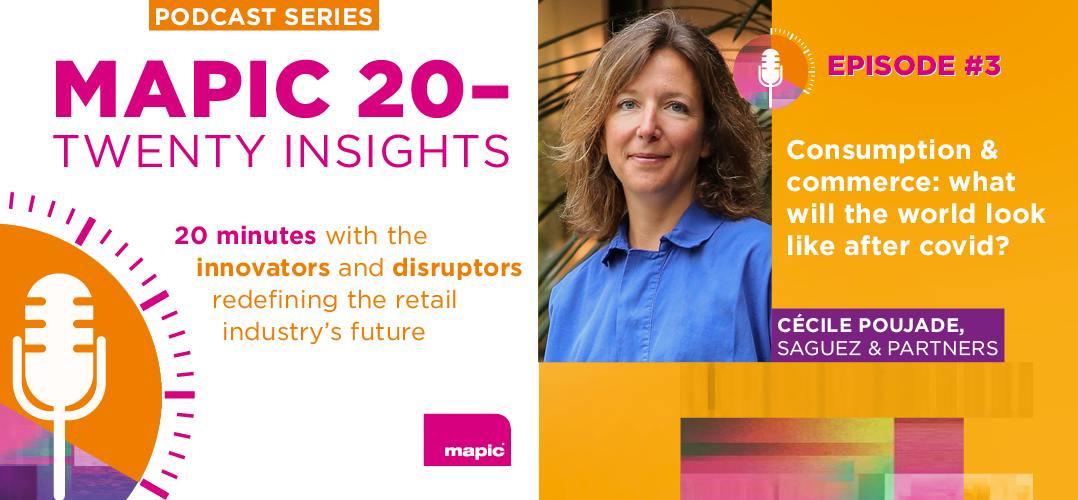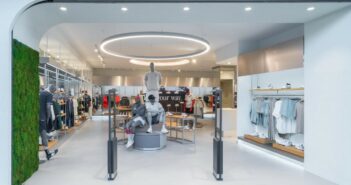In the third in our series, Cecile Poujade, retail and international director of Paris-based design agency Saguez and Partners, looks at how the Covid19 pandemic crisis has “shaken our world and the way we see it” and warns that many brands are behind the curve compared with their consumers. She argues that retailers and brands can construct new business models around adaptable, simpler stores, embracing retail technology and localisation and personalisation.
In this specially-recorded podcast for MAPIC, Poujade argues that retailers have been running to develop online and offline separately, and only more recently has it been about omni-channel. Around key themes:
- The future is destined for disruption at an accelerating speed;
- People are ahead of brands and retailers in embracing change;
- Why omni-channel requires retailers to keep it simple;
- Reimaging stores for what people want, not functionality.
She says: “Covid9 is accelerating change. What is clear is that we, the people, are ready for changes. Much more ready than we thought, in terms of working, shopping and new ways of life. Many people’s behaviour has changed. So we are different after this confinement.”
In the podcast, she outlines that people’s consumption habits are ahead of the retail industry and says that we can no longer have on one side online, on the other physical retail. Postponing dealing with these issues is “probably losing clients every day” she warns as she asserts that digital transformation is a “consequence”, of “retail transformation”.
Her advice is to “keep it simple and convenient” and she notes that click and collect, Drive and home deliveries have all been boosted during lockdown, while some shops have adapted. For example, she cites restaurants that have adapted to sell takeaways or a specific product such as “great bread”. This, she says, has brought: “Selling on to the pavements again, giving life to our streets. It’s probably something to keep in the future, to think of the simple things we can do.”
At a strategic level, she notes that F&B operators such as Starbucks have increased convenience formats and shifted to 80% on the go, looking at ways of becoming much more efficient but allowing staff to focus on service, skills and customers.
“Simplicity for some retailers is a strategy in itself. This is the time for less but better stores. That’s not completely new, we’ve believed in this for 10 years. What do we miss from the old days? We miss restaurants, people, choosing vegetables in the market, gossiping. We don’t really miss the shopping but the life that goes with it. So stores are for that, not functional dull retail,” she says. “New retail is highly demanding but we need to take those two worlds and we need to design new customer journeys around that. Yes, online is great for data and predictions but isn’t this also too much? Isn’t it over-rational? Physical retail on the other hand, shouldn’t that rely more on its humanity? Thanks to digital it can move to another role. Shopping places should become the stage.”



